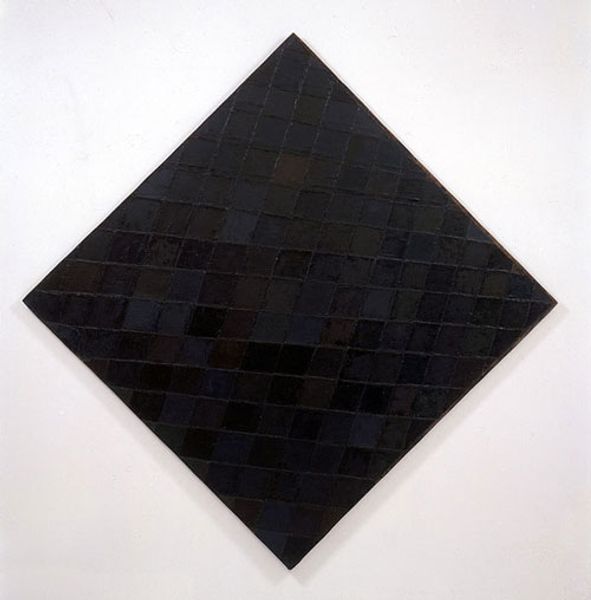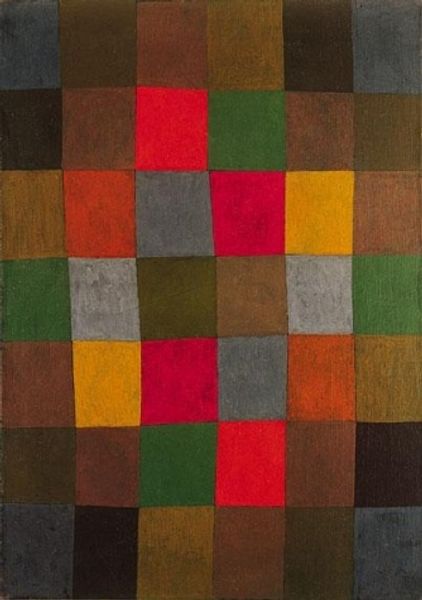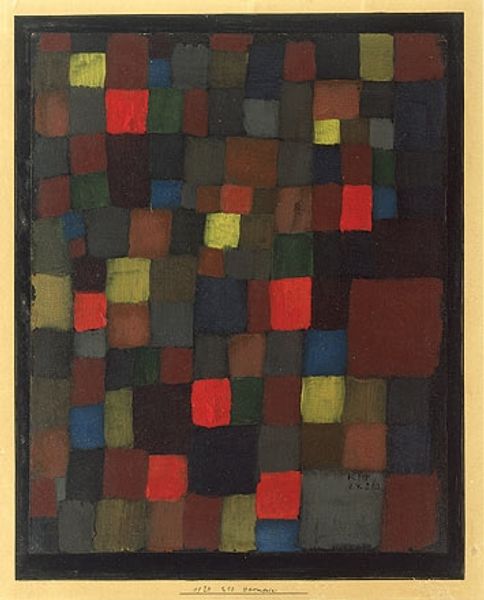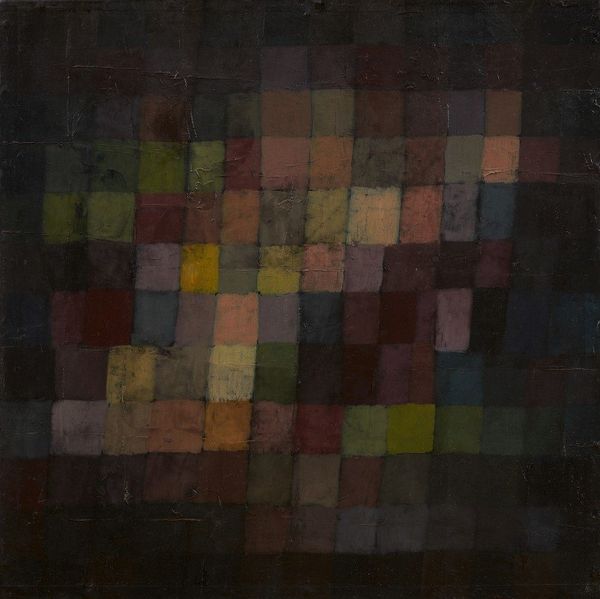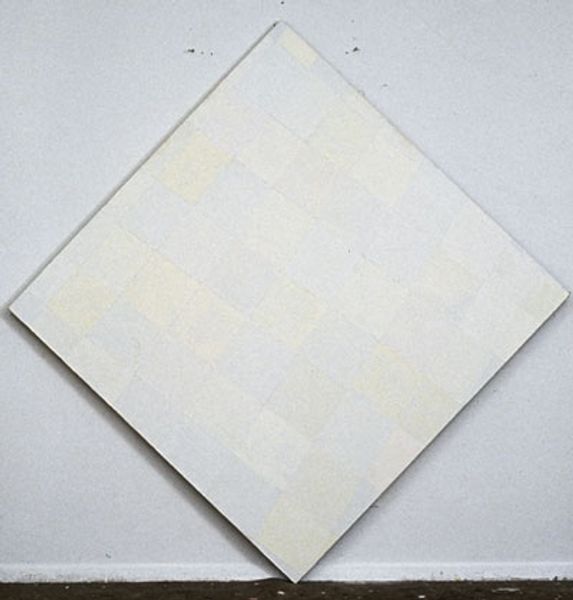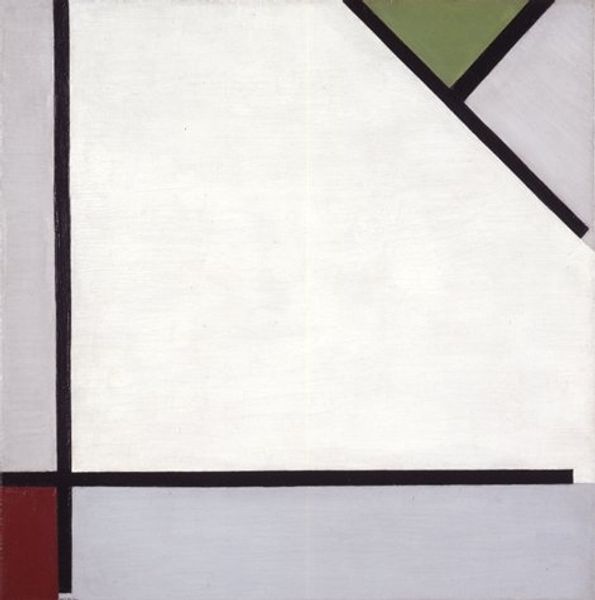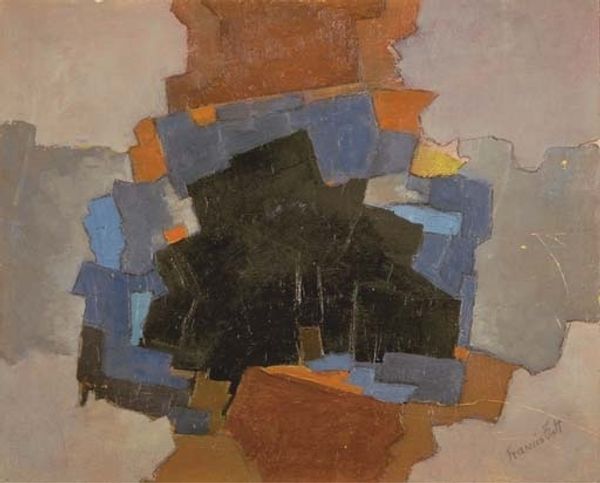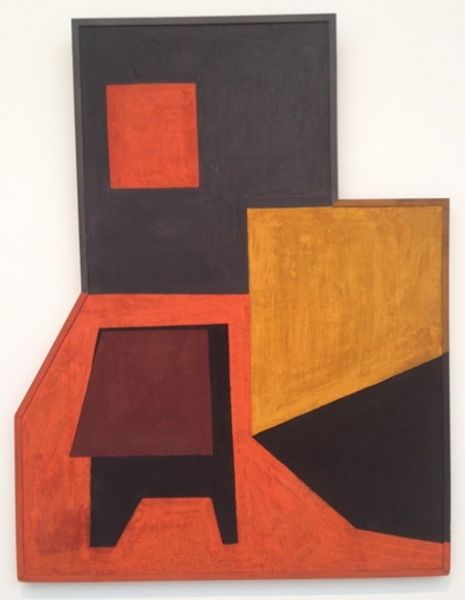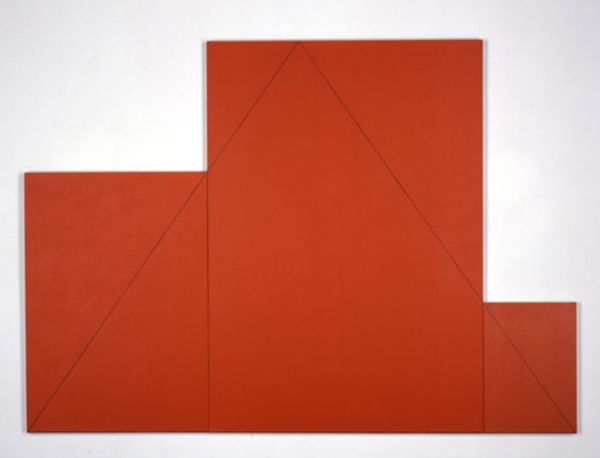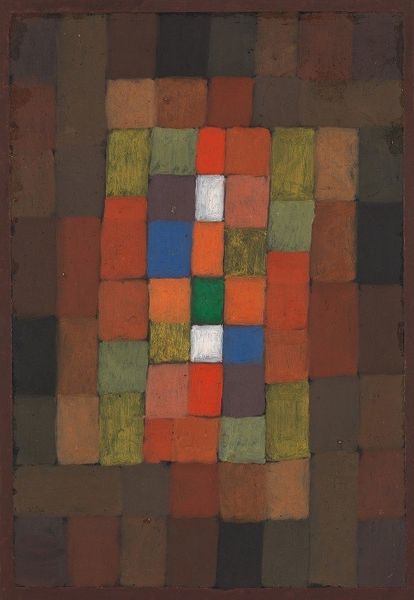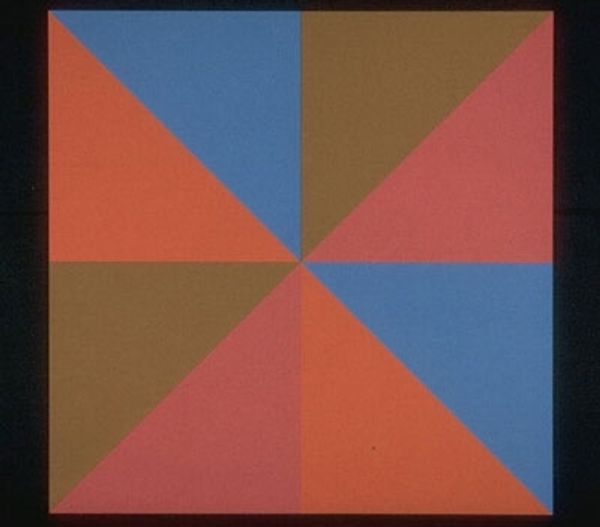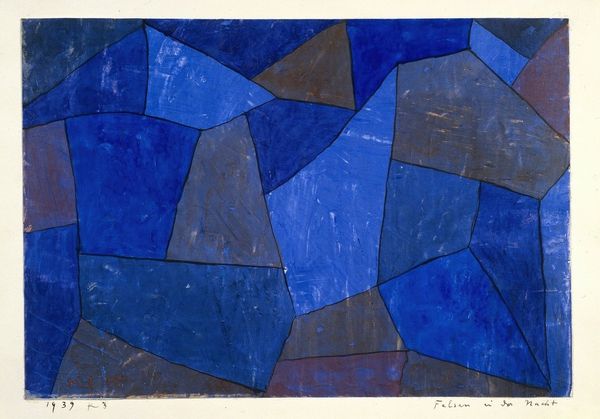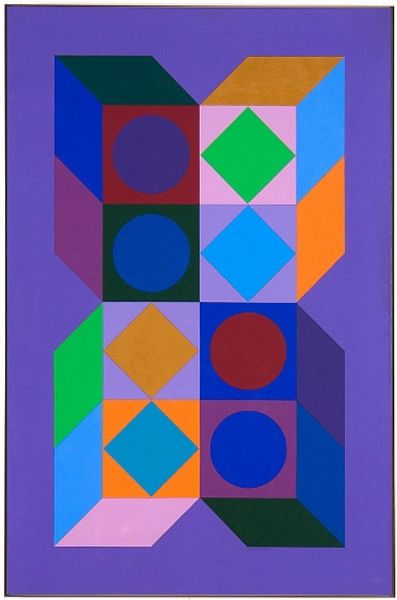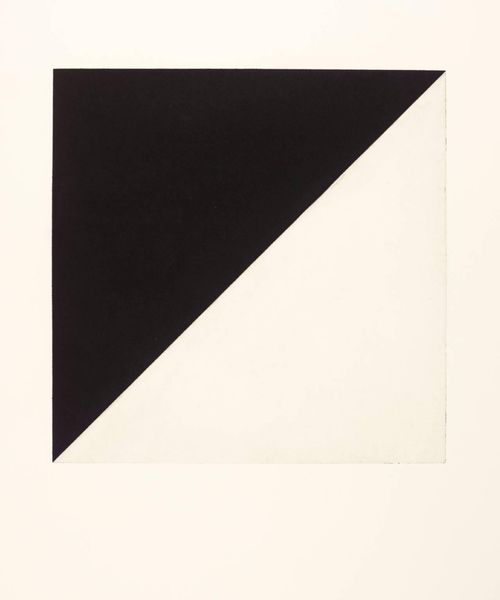
Copyright: Pat Lipsky,Fair Use
Editor: This is "Truth II" by Pat Lipsky, from 1992, and appears to be acrylic on canvas. There's something quite grounding about the grid and earth-toned palette. What draws your eye to this particular work? Curator: I see a compelling commentary on the nature of truth itself. Think about it: a grid, a symbol of order, is fractured by uneven colors, imperfect shapes, and visible brushstrokes. Is this 'truth' stable, objective? Or is it subjective, mutable, built from individual perspectives? Consider that 1992 was a time of intense cultural shifts and questioning of dominant narratives. Do you think the artist was responding to those debates? Editor: That’s a very interesting way to look at it. The title now seems like more than just a title, almost an assertion. Curator: Exactly! Now think about Lipsky as a woman artist working within the male-dominated field of abstract expressionism. Does this affect how we interpret the piece? Could it be a subtle deconstruction of the movement’s perceived grandiosity or macho bravado? Is she taking the truth in her own hands? Editor: That’s a great point. It does feel much more personal, less overtly performative than some of the more famous abstract expressionist works. There’s an intimacy. Curator: And consider the context. Geometric abstraction, particularly by women artists, was often overlooked or dismissed. By employing this style, is Lipsky reclaiming it, offering a revised understanding of what "truth" can look like within that framework? Does it bring in questions of authorship, identity, and the canon? Editor: Wow, I didn't even consider that. I’m starting to see how much richer this seemingly simple grid is. Thanks! Curator: And I appreciate your initial reaction about the palette. Thinking about "grounding," maybe the earth tones suggest a foundation upon which truths, both personal and societal, are built. Food for thought!
Comments
No comments
Be the first to comment and join the conversation on the ultimate creative platform.
